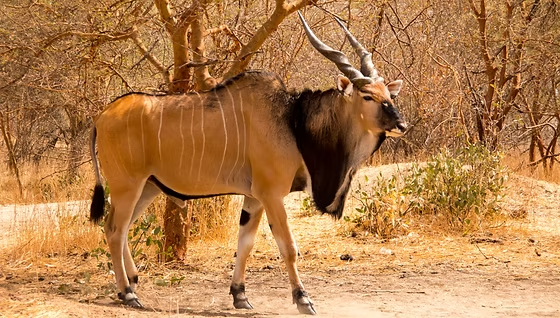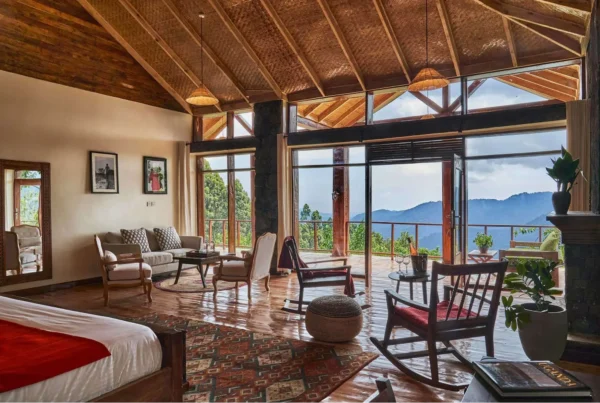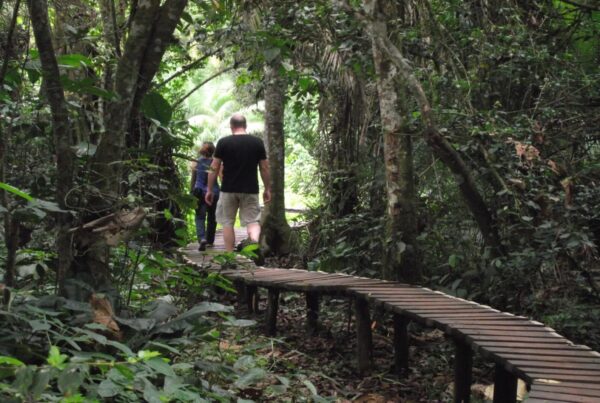5 Fascinating Facts About the Eland
5 Fascinating Facts About the Eland
The Gentle Giant of Africa’s Grasslands
In the golden expanse of Africa’s savannahs, amidst the iconic silhouettes of acacia trees and grazing antelope, the Eland stands out as a symbol of grace and grandeur. Known scientifically as Taurotragus oryx, the Eland is the largest species of antelope on the continent and one of the most fascinating creatures in Africa’s diverse wildlife tapestry.
Its presence in myths, art, and ecology is profound, with indigenous peoples revering it not only for its size but also for its elusive nature and survival skills. The Eland’s unique adaptations, social behaviors, and deep-rooted cultural significance make it a subject worthy of close exploration. Through this article, we delve into five compelling aspects of the Eland’s life and legacy, offering a glimpse into the marvels of this magnificent herbivore.
Imposing Size Paired with Surprising Agility
At first glance, the Eland’s sheer size is awe-inspiring. Adult males can weigh up to 1,000 kilograms and stand nearly two meters at the shoulder. Yet despite this formidable bulk, the Eland is a surprisingly agile and fast-moving animal. It can run at speeds of up to 40 kilometers per hour and leap over fences and obstacles more than two meters high.
This remarkable combination of mass and mobility is supported by its muscular build, long legs, and a powerful cardiovascular system. The Eland’s agility is not just a matter of survival but also a key to its migratory lifestyle. During the dry season, it can traverse long distances in search of food and water, often navigating challenging terrains with ease. This ability to balance power with grace makes the Eland a wonder of biological engineering.
Spiral Horns and Sexual Dimorphism (5 Fascinating Facts About the Eland)
One of the most striking features of the Eland is its set of spiraled horns, which are present in both males and females. In males, these horns are thick and tightly twisted, often forming a compact corkscrew that can grow up to 125 centimeters long. Females possess thinner and slightly more open spirals. These horns serve various purposes, including defense against predators and competition among males for mating rights.
Interestingly, sexual dimorphism in the Eland is not limited to horn structure. Males also develop a prominent dewlap under the throat and a tuft of dark hair on the forehead as they age, both of which are believed to play roles in thermoregulation and social signaling. This dimorphism adds to the visual drama of the species and helps researchers and observers distinguish individuals in the wild.
Complex Social Structures and Behavior
Elands are social creatures that often form herds ranging from a few individuals to more than a hundred, especially in areas with abundant food. These herds are typically composed of females and their young, with adult males often leading more solitary lives or joining the herds during mating seasons. The social structure within a herd is not random. Females form hierarchies based on age and experience, while males establish dominance through displays and occasional combat.
Communication among Elands involves a combination of vocalizations, body postures, and even a unique clicking sound produced by their knees. Scientists believe this sound may play a role in group cohesion and signaling movement. Such intricate social dynamics point to a level of cognitive complexity not often attributed to antelope species and demonstrate the evolutionary advantages of communal living in open landscapes.
Cultural Reverence and Historical Significance
The Eland has long been a creature of symbolic importance, particularly among the indigenous San people of Southern Africa. In San rock art, the Eland frequently appears as a central figure, often associated with rain, fertility, and spiritual power. Shamans revered it as a totem animal capable of bridging the physical and spiritual worlds. This deep cultural reverence underscores the Eland’s prominence not just as a source of food and materials but also as a spiritual guide and emblem of balance within the natural order.
Historically, early European explorers and settlers also recognized the Eland’s significance, with several colonial-era paintings and writings documenting their admiration for the animal. Today, the Eland continues to feature in African literature, folklore, and conservation efforts, serving as a living link to the continent’s rich cultural past.
Adaptability in Varied Habitats and Climate Conditions
The Eland’s ecological success lies in its incredible adaptability. Found in a wide range of habitats—from arid deserts and open savannahs to montane grasslands—the Eland has evolved to thrive in some of the most challenging environments on Earth. It can go for days without water, extracting moisture from the plants it consumes. Its diet is diverse, including grasses, leaves, fruits, and even bark during the lean seasons.
This dietary flexibility allows it to adjust quickly to seasonal changes and shifting food availability. Additionally, its slow metabolic rate reduces the need for constant feeding and water intake, making it more resilient to drought and habitat disruption. These survival traits not only ensure the Eland’s continued presence across vast territories but also highlight its role as a keystone species in many African ecosystems.
Experience the Majesty of the Eland with WildHorn Africa
Seeing an Eland in the wild—its muscular frame moving silently through the grass, its horns glinting in the sun—is an unforgettable moment for any wildlife enthusiast. It is a reminder of the raw, unspoiled beauty that still exists in the heart of Africa. For those seeking an authentic encounter with this gentle giant, a safari curated by experts is the ideal path.
WildHorn Africa offers immersive and ethically guided safaris that bring you face-to-face with Africa’s most iconic wildlife, including the elusive Eland. With routes through premier conservation areas and national parks, their safaris ensure not just visual wonder but also educational depth. Whether you’re a first-time traveler or a seasoned explorer, WildHorn Africa crafts experiences that resonate deeply and leave lasting impressions.
Book your next African safari with WildHorn Africa and witness the profound beauty, intelligence, and cultural significance of the Eland in its natural domain. Let your journey echo with the footsteps of giants and the stories of a land as ancient as time itself.
5 Fascinating Facts About the Eland #5 Fascinating Facts About the Eland 5 Fascinating Facts About the Eland





 WildHorn Africa – Authentic and unforgettable tours across Africa, guided by local experts who know the land, wildlife, and culture best.
WildHorn Africa – Authentic and unforgettable tours across Africa, guided by local experts who know the land, wildlife, and culture best.


